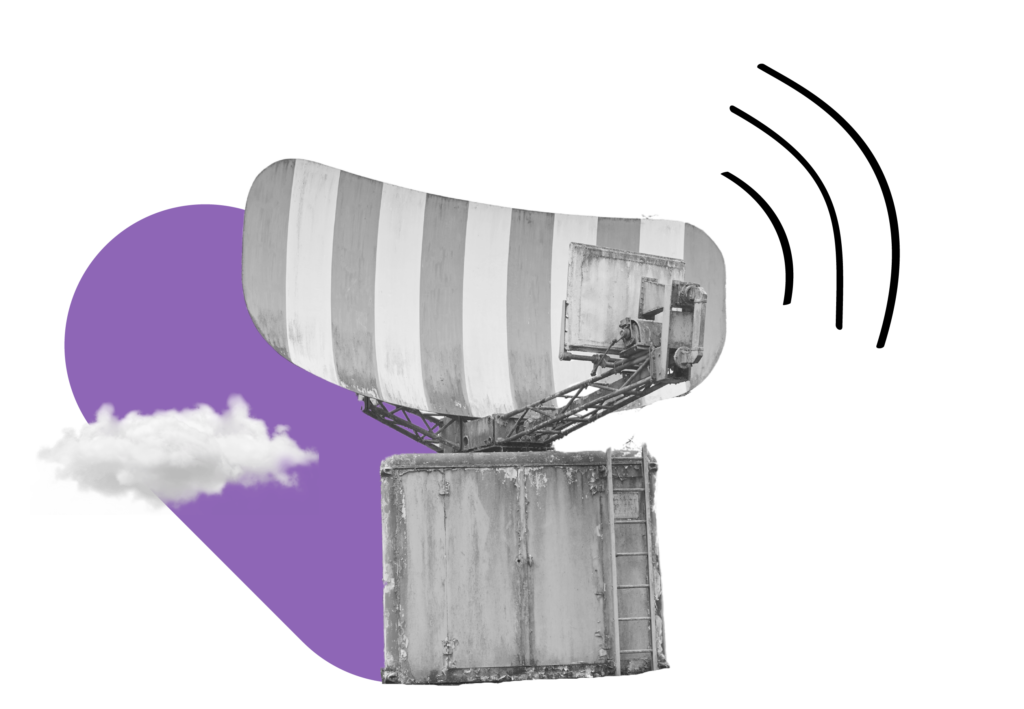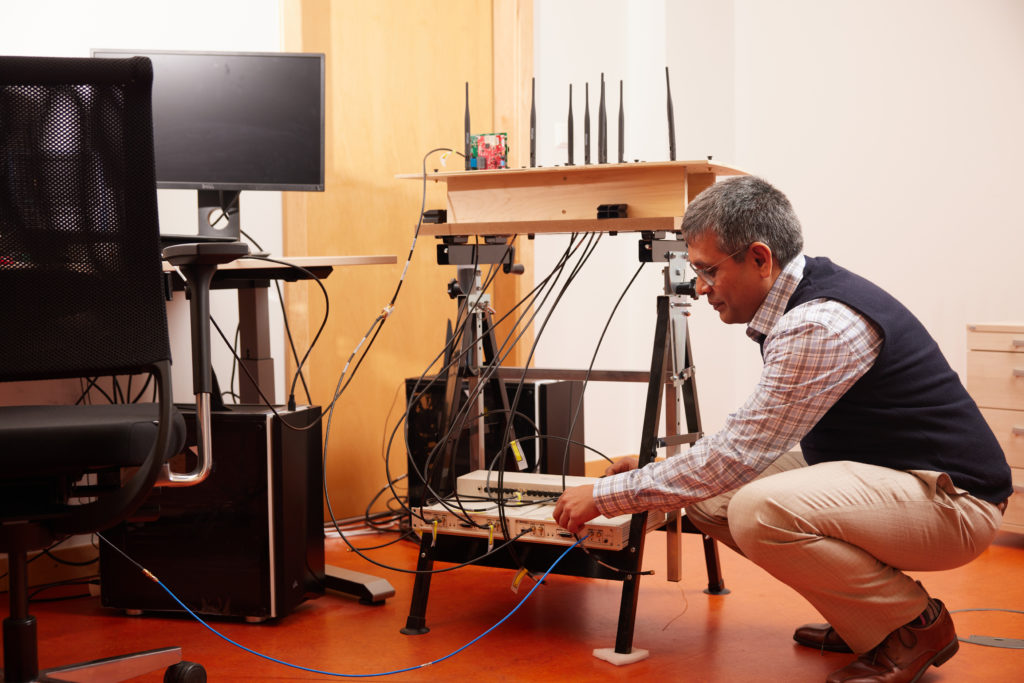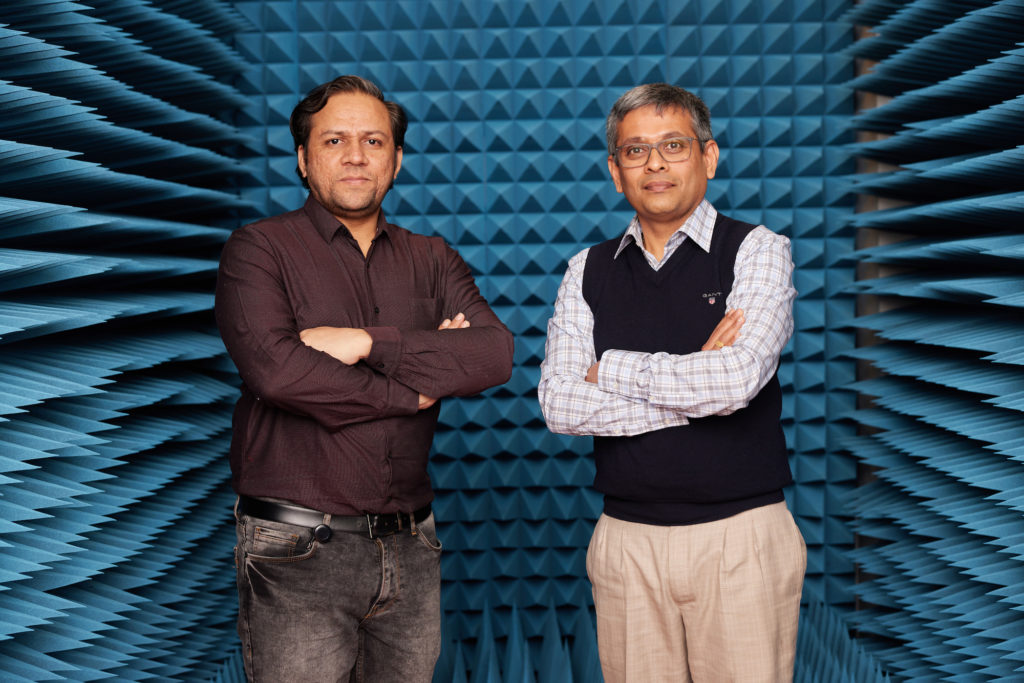Autonomous vehicles & IoT

Every day, radar provide us with critical information about moving objects, such as their position and trajectory. Traditionally radar has done this by continuously scanning an entire area, but emerging Cognitive Radars instead focus on certain regions using contextual knowledge.
While it maximises the use of resources, cognitive radar technology also comes with a serious limitation: the systems use information about the environment to define their sensing strategies which they gather themselves, – creating a circular process that can significantly pollute the end results.
Active learning, a type of iterative learning paradigm, could help close the loop on this circular process. Active learning provides radars with trusted contextual knowledge, such as information about static elements around them. This could be anything from existing buildings and trees, to topography, and more. Active learning does this by effectively analysing and labelling data about the environment, separating the data from clutter and aiming to further improve relevant data. This minimises the use of radar resources, allowing it to focus on what matters: detection and parameter estimation.

Thanks to a new grant from the European Office of Aerospace Research & Development, part of the US Airforce Office of Scientific Research, a team of researchers at the University of Luxembourg’s Interdisciplinary Centre for Security, Reliability and Trust (SnT) is working on this research problem. The project, entitled Active Learning for Cognitive Radar, is headed by Prof. Björn Ottersten, the Director of SnT, as Principal Investigator, with Prof. Bhavani Shankar, Head of the Signal Processing and Application Research group (SPARC), as Vice Principal Investigator. The research grant, which will finance the project for three years, looks at the civilian applications and challenges associated with cognitive radars.
Practical applications of this technology include the automotive sector, as well as occupancy monitoring.

Practical applications of this technology include the automotive sector, as well as occupancy monitoring. As an example, during the pandemic some government regulations required stores to track the number of people inside their business at any given moment. Emerging high-resolution radars can provide this kind of data by utilising advanced tracking algorithms, without the need for video monitoring which poses privacy concerns.
However, these systems need contextual data to conduct accurate measurements, for example to distinguish an employee from the tall pallet of goods they are carrying. Empowering them with an active learning algorithm and data about the store, its plan and size, objects, and more, a cognitive radar only needs to focus on counting the people in the store. This simplifies their design and operations, thus maximising efficiency.
“Active Learning for Cognitive Radar offers SnT a dedicated channel for pursuing research about the integration of active learning in cognitive radars, a fundamental topic in radar signal processing.”
Prof. Bhavani Shankar, SnT Tweet
The project builds on the idea, previously developed in the AGNOSTIC project, of combining signal processing with machine learning to allow radars to filter information and effectively enable them to cut through the noise. AGNOSTIC received an ERC Advanced grant in 2017 as well as an ERC Proof of Concept grant in 2020. This project is further developing that research by applying its core concept to the cognitive radar domain.
“Active Learning for Cognitive Radar offers SnT a dedicated channel for pursuing research about the integration of active learning in cognitive radars, a fundamental topic in radar signal processing,” said Prof. Bhavani Shankar.